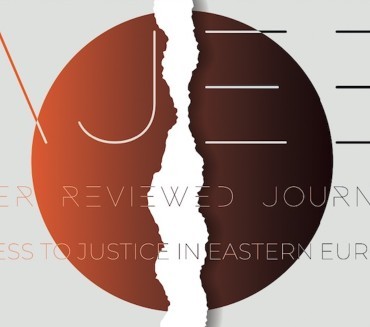1. Introduction. – 2. Global Law's Capacity to Control Land-Sourced Marine Pollution. – 2.1. Analysis of the international Legal System. – 2.1.1. Internationally Recognized Customary Law and General Legal Principles. – (i) The United Nations Convention on the Law of the Sea (1982). – 2.1.2. Creation of Non-Binding Measures. – 3. Regional Accords on the Control of land-Based Pollution: An Analytical Study. – 3.1. Insights Across the Board. – 3.1.1. From Black Lists to a Common System for Identifying Dangerous Substances. – (i) The Issues with the Black/Grey Lists Method. – (ii) Creation of a "Uniform Strategy”. – 3.2. The Precautionary Method. – 3.2.1. Precautionary Method as Enshrined in Regional Treaties. – 3.2.2. Constraints on Precautionary Thinking. – 3.2.3. Using State-of-the-Art Methods and Eco-Friendly Procedures. – 3.2.4. Evaluation and Tracking of Environmental Effects. – 4. Compliance with applicable International Regulations Subject to International Oversight. – 4.1. System for Reporting. – 4.1.1. The Role of Treaty Commissions in Oversight. – 4.2. Substantial Disputes Regarding Marine Pollution Arising from Terrestrial Sources. – 4.3. Legal Frameworks and Mechanisms for Environmental Dispute Resolution. – 5. Conclusion.

